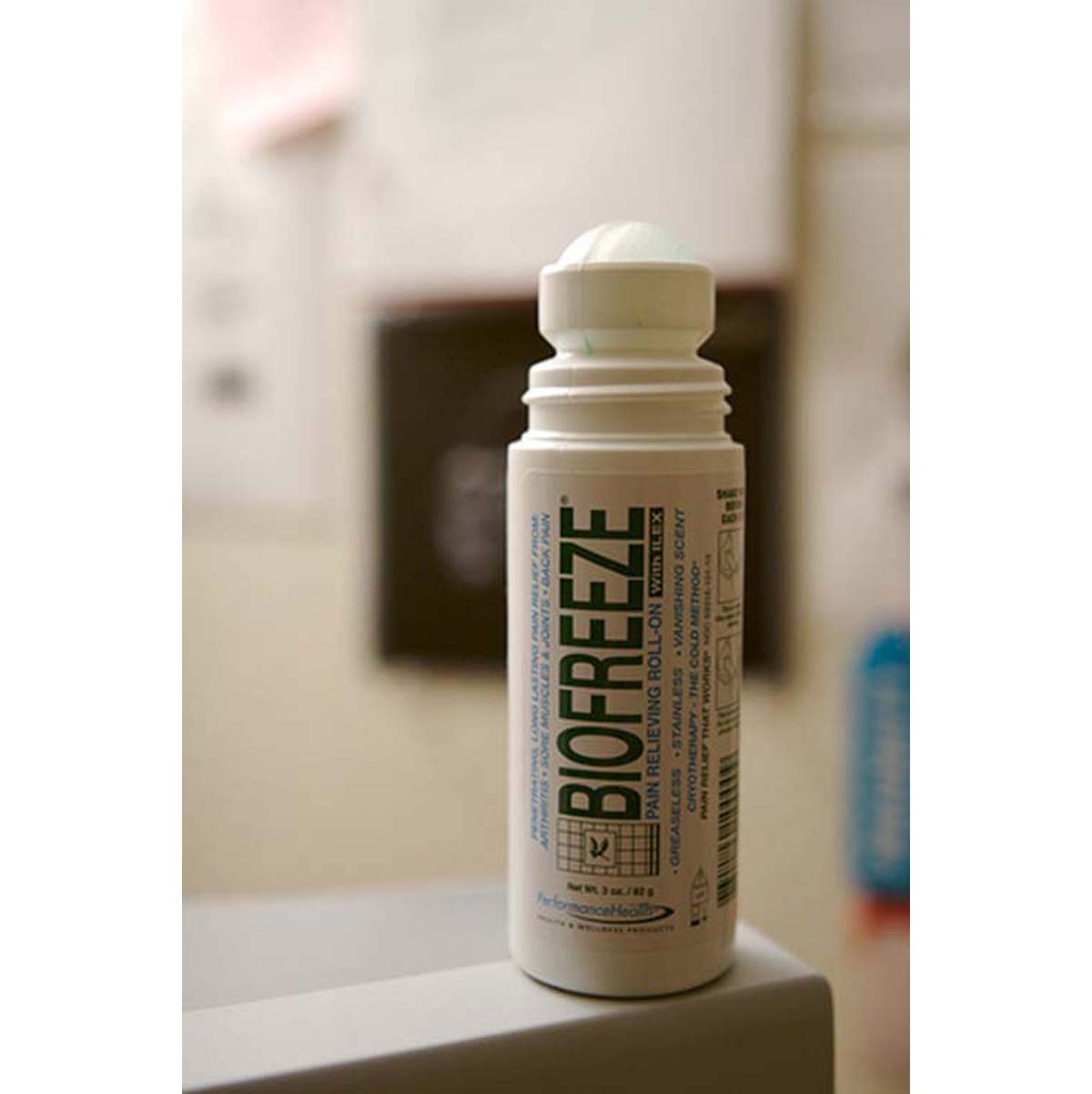What are Topical Pain Relievers?
Topical pain relievers come in a variety of different types. Most of us are familiar with the rub on creams which can be purchased over the counter without a prescription. These are applied directly to the source of the pain, such as Biofreeze. But topical pain relievers can also be bought as patches and heat wraps or ice packs.

How do they work?
Pain is felt as a series of nerve signals from local receptors which are sent directly into the nervous system. The sharp pain of a pin-prick or burn is felt almost instantaneously and the human body has compensatory mechanisms for dealing with such a signal. We immediately withdraw our hands from the pain. We do this sub consciously, without even thinking about it.
But the constant, unrelenting pain of an inflamed joint or an aching muscle does not have a quick resolution. It can be caused by a sudden problem such as an inflamed joint or even be a sign that there is a disease process going on, for example arthritis or fibromyalgia. Or it can signal a host of other types of conditions such as sprained muscles or tendons and pulled ligaments.
While oral analgesics work by numbing the signal and stopping it from reaching the brain, topical pain relievers often work by blunting this signal or sending compensatory signals. So, a nice warm heat pack can stimulate heat receptors in the skin which also fire off nerve transmissions to the brain and the message of pain becomes diluted. According to WebMD, they can actually work in three different ways:
Salicylates
These are derived from aspirin and can be absorbed through the skin and act as a local pain killer. They sit between the pain receptors and the nerve endings and prevent the signal from being transferred. These work best when the source of the pain is close to the skin. So the best application of this would be in a finger joint for example which can easily absorb the medicine. Examples of these include Bengay and Aspercreme.
Counter-irritants
Anything which causes a slight burning or warming feeling in the skin around the pain is a counter-irritant. For example a medicine which contains menthol creates a glowing, buzzing feeling in the skin which blunts the feeling of pain. Types of cream which contain menthol are Flexall 454, Icy Hot and JointFlex.
Pepper-based medicine
Capsaicin, which is derived from the pepper plant, has a similar effect and is one of the most effective products available for topical pain relief. Applying creams which contain this chemical causes a mild tingling, or gentle warming sensation on the skin. This again helps to mask the feeling of the pain itself and may even have anti inflammatory effects. Creams containing capsaicin work on lowering a chemical called Substance P which is found in the nerve cells. This usually helps to send nerve signals from receptors to the brain. Zostrix, ArthriCare and Capzasin contain capsaicin as the active ingredient.
So Which Topical Pain Killers Are the Most Effective?
That depends on you. No really. If you use the correct pain relief for the right symptoms then it can be very effective. But using the wrong things can be completely useless and a total waste of money. In fact, using the wrong pain killers can even be harmful. You think you are getting better, so there is a short term placebo effect, which could lead to more damage further down the line.

Muscle Aches and General Sprains
An Oxford University Biochemist, Andrew Moore has shown that applying salicylates to the skin at the point of pain has hardly any effect when he compared them to the application of a placebo cream with no effective ingredients. The active ingredient is just not absorbed in enough quantities to have any use. For something like this, it is better to take oral analgesics and anti-inflammatories.
However, other research has shown that counter-irritants, those medicines which cause other signals to go to the brain which counter the pain signal, are quite effective. These include both menthol-based and capsaicin-based creams and lotions or patches.
Arthritis
Topical pain relief would be needed for the treatment of arthritis if the oral pain relievers had lost their efficacy, for example, if over-exertion was causes the joints to swell up and become more painful than usual. Many over the counter pain remedies have been used by arthritis sufferers and again, how well they work depends on the user.
Prescription gels and patches containing diclofenac have been licensed for use in the United States. These are prescribed under the brand name of Voltaren. This is a nonsteroidal anti-inflammatory drug and can be effective for pain in the joints of the knees, elbows or wrists etc. It is particularly good for pain caused by osteoarthritis.
Lidoderm, which are patches containing lidocaine are also very effective. They can be applied for up to 12 hours at a time and can numb pain from hot, inflamed joints.
Use All Products Safely
- As with all medication, whether it is prescription or self-prescribed, always follow the usage instructions and never go over the recommended dose.
- Do not use more than one product at the same time.
- Always consult with a GP if the pain gets worse or no improvement is seen – there may be an underlying condition which needs to be treated.
- Never use creams on broken or irritated skin.
- Never apply hot or cold packs directly onto skin, use a towel or other barrier.

